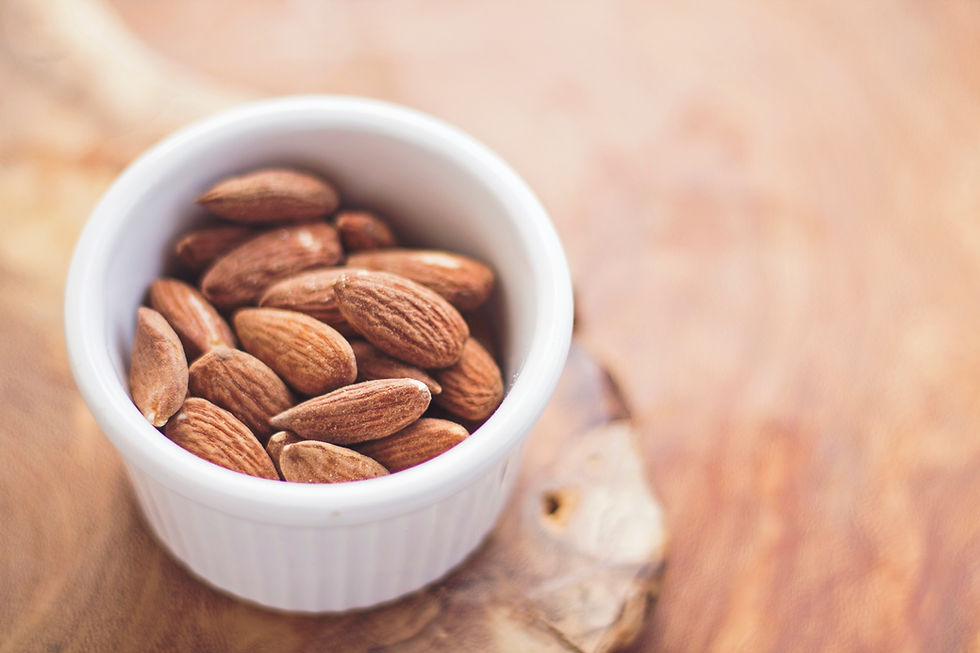Allergies are your body's reaction to a normally harmless substance such as pollen, molds, animal dander, latex, certain foods and insect stings. Allergy symptoms range from mild – rash or hives, itchiness, runny nose, watery/red eyes – to life-threatening.
Allergies cover a large range of ranges and symptoms, from food allergies and environmental allergies to hives and life-threatening anaphylaxis.
Understanding allergies is the first step in learning how to manage them. And the best way to begin understanding allergies is with accurate medical information and the insight and perspective of people with firsthand experience.

Food allergies are extremely common. In fact, they affect around 5% of adults and 8% of children — and these percentages are rising. Interestingly, although it’s possible for any food to cause an allergy, most food allergies are caused by just eight foods. Most food allergies are caused by eight foods: cow’s milk, eggs, tree nuts, peanuts, shellfish, fish, soy and wheat.
A cow’s milk allergy mostly affects children under the age of three. A diagnosis of cow’s milk allergy means that all milk and milk products must be avoided.
The most common type of egg allergy is an egg white allergy. The treatment is an egg-free diet. However, some people may be able to reintroduce some foods containing cooked eggs into their diet.
A tree nut allergy is one of the most common food allergies. It’s frequently associated with severe allergic reactions, and the treatment is usually a lifelong avoidance of all tree nuts and tree nut products.

A peanut allergy is a serious condition that can cause a severe allergic reaction. Treatment is lifelong avoidance of peanuts and peanut-containing products.
The most common trigger of a shellfish allergy is a protein called tropomyosin. The only treatment for a shellfish allergy is removing all shellfish from your diet.
A wheat allergy can be caused by a sensitivity to any of the hundreds of proteins in wheat. The only treatment is a wheat-free diet, but many people outgrow it before they reach school age.

A soy allergy is triggered by the proteins in soybeans and soybean products. If you have a soy allergy, the only treatment is the removal of soy from your diet.
Fish allergies are common, but they may be confused with an adverse reaction to contaminated fish.
Any food can cause an allergy. Other foods people are allergic to include fruits, vegetables and seeds like linseed or sesame seed.
Unlike food intolerances, food allergies are caused by your immune system incorrectly identifying some of the proteins in food as harmful.

This can cause potentially life-threatening reactions, and the only treatment is the removal of the food from your diet. If you suspect you have a food allergy, speak with your doctor about it.
Source: Nutrition. The Most Common Food Allergies. https://www.healthline.com/nutrition/common-food-allergies#TOC_TITLE_HDR_2
Wellnex, the leading Health Prevention & Awareness Platform.

Comentários